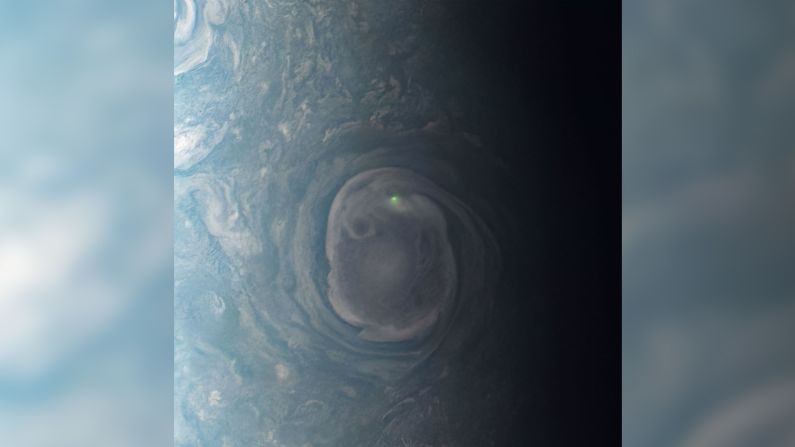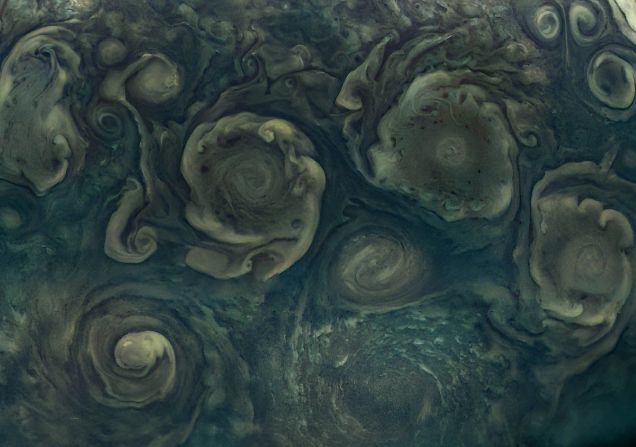Story highlights
First results from the Juno mission to Jupiter reveal giant cyclones and ammonia in the atmosphere
Jupiter's magnetic field is 10 times that of Earth's and and twice as strong as anticipated
Beneath its heavy cloud cover, Jupiter has been able to keep its secrets from astronomers. Now, first results from NASA’s Juno mission are challenging researchers’ beliefs about the gas giant.
The results were revealed during a media teleconference Thursday with NASA researchers and published in corresponding studies through the journal Science and Geophysical Research Letters.
Juno launched in August 2011 but didn’t arrive at Jupiter until July. The craft has been orbiting the planet and performing calculated flybys over the clouds. These happen every 53 days as Juno “screams by” Jupiter, going from the north to south pole in about two hours.
“The general theme of our discoveries is really how different Jupiter looked from how we expected,” said Scott Bolton, Juno principal investigator, from the Southwest Research Institute in San Antonio. “This is a close-up and personal look at Jupiter. We thought it was uniform inside and relatively boring. What we’re finding is anything but that. It’s very complex. Jupiter from the poles doesn’t look anything like it does from our usual view.”
Juno, meet Jupiter
During the flybys, observations and data showed Jupiter’s previously unseen poles. Bright ovals at the poles were revealed to be gigantic cyclones spanning 870 miles. Juno was also able to probe the cloud cover and discover wells of ammonia that form giant and violent weather systems in the deep atmosphere.
But this ammonia isn’t consistently mixed, like researchers believed. The variation shifts from high to low.
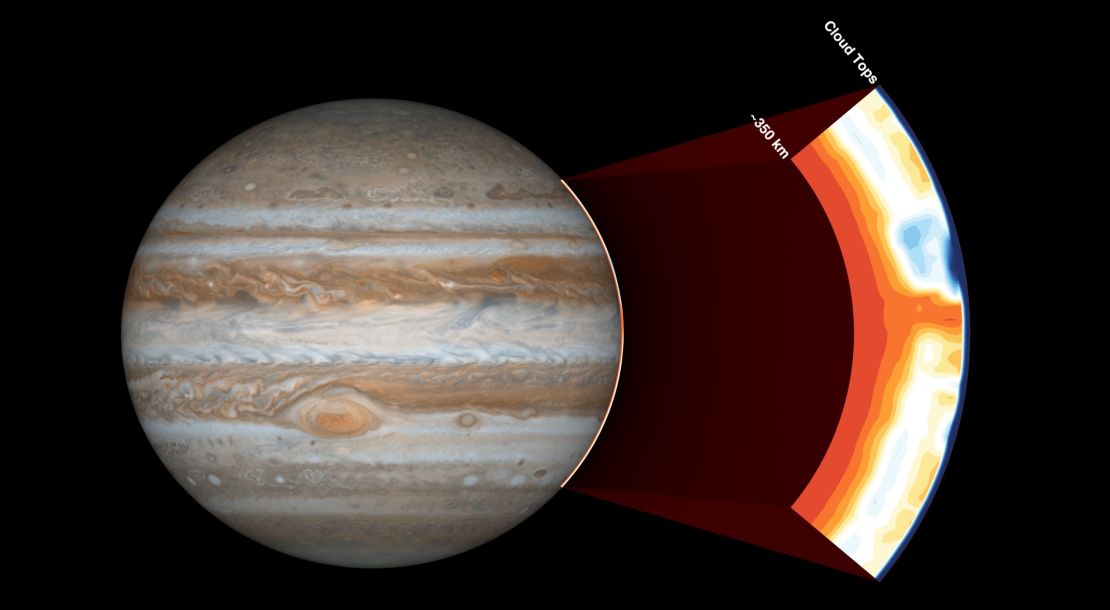
The giant cyclones at the poles are also new to researchers. Further study could reveal whether these are like the Great Red Spot, which has been observable for at least 300 years, or more ephemeral.
“We’re puzzled as to how they could be formed, how stable the configuration is and why Jupiter’s north pole doesn’t look like the south pole,” Bolton said. “We’re questioning whether this is a dynamic system, and are we seeing just one stage, and over the next year, we’re going to watch it disappear, or is this a stable configuration and these storms are circulating around one another?”
Imaging also revealed intriguing cloud features.
“The idea of seeing those little cloud features full of ammonia and water ice, it’s like it’s snowing on Jupiter and we’re seeing how it works,” Bolton said. Or it could be hail, he said.
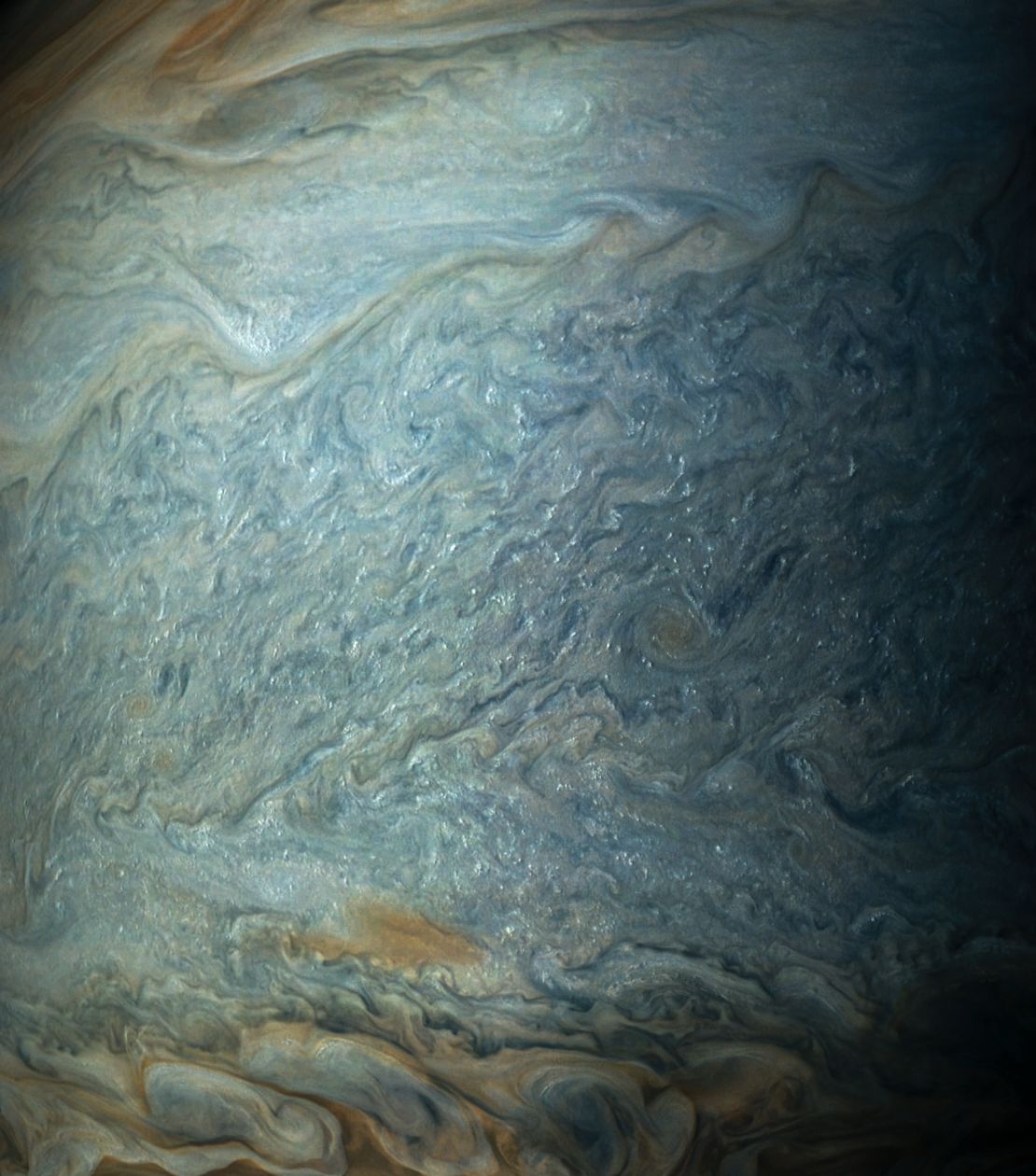
Juno revealed that Jupiter’s magnetic field is 10 times stronger than the strongest magnetic field on Earth and and twice as strong as anticipated, exceeding researchers’ expectations. The mission had an encounter with the planet’s “bow shock,” akin to a type of stationary shockwave, when exploring Jupiter’s magnetosphere.
The researchers compared this bow shock to a Hadley cell on Earth, without the rain. A Hadley cell is the atmospheric circulation of air rising near the equator that creates hurricanes, jet streams, trade winds and rain belts.
“Juno is giving us a view of the magnetic field close to Jupiter that we’ve never had before,” said Jack Connerney, Juno deputy principal investigator. “Already, we see that the magnetic field looks lumpy: It is stronger in some places and weaker in others. This uneven distribution suggests that the field might be generated by dynamo action closer to the surface, above the layer of metallic hydrogen. Every flyby we execute gets us closer to determining where and how Jupiter’s dynamo works.”
Juno also encountered Jupiter’s huge auroras, captured in ultraviolet and infrared images, and the electron beam pushing energy into the planet’s upper atmosphere, which could be creating the auroras.
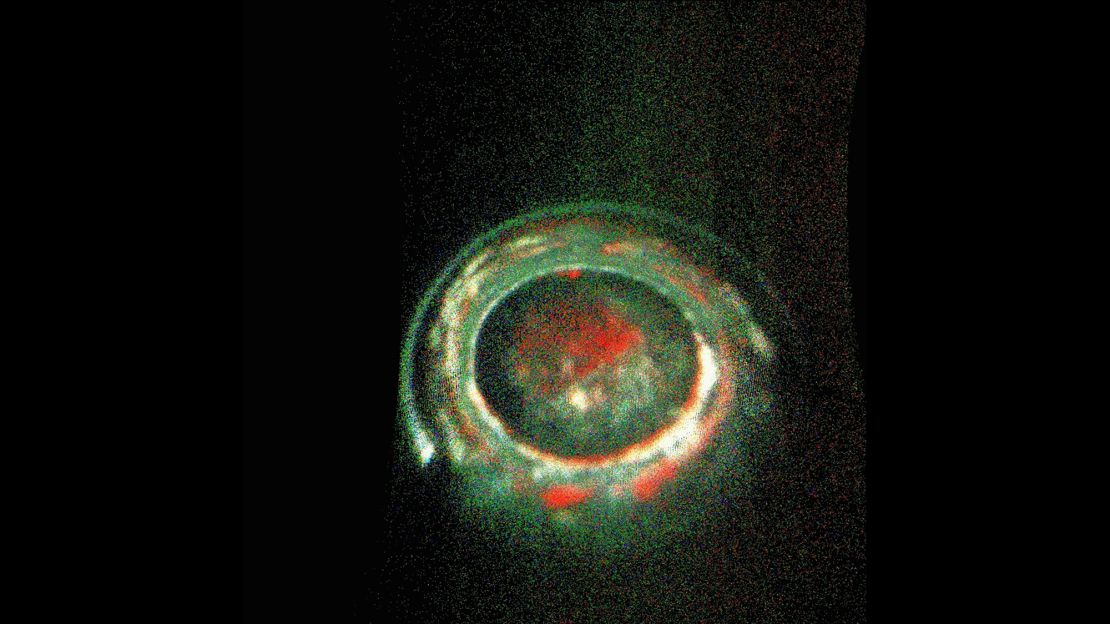
And Juno was able to measure Jupiter’s gravitational field. Those data, combined with information to be gathered as Juno’s mission continues, can help researchers determine the structure of Jupiter’s atmosphere and answer the big question: Does the planet have a solid core?
Previous models have suggested this, but Juno’s unique data could provide actual insight. If the planet has a solid core, it could change the belief that the gas giant is largely composed of hydrogen and helium.
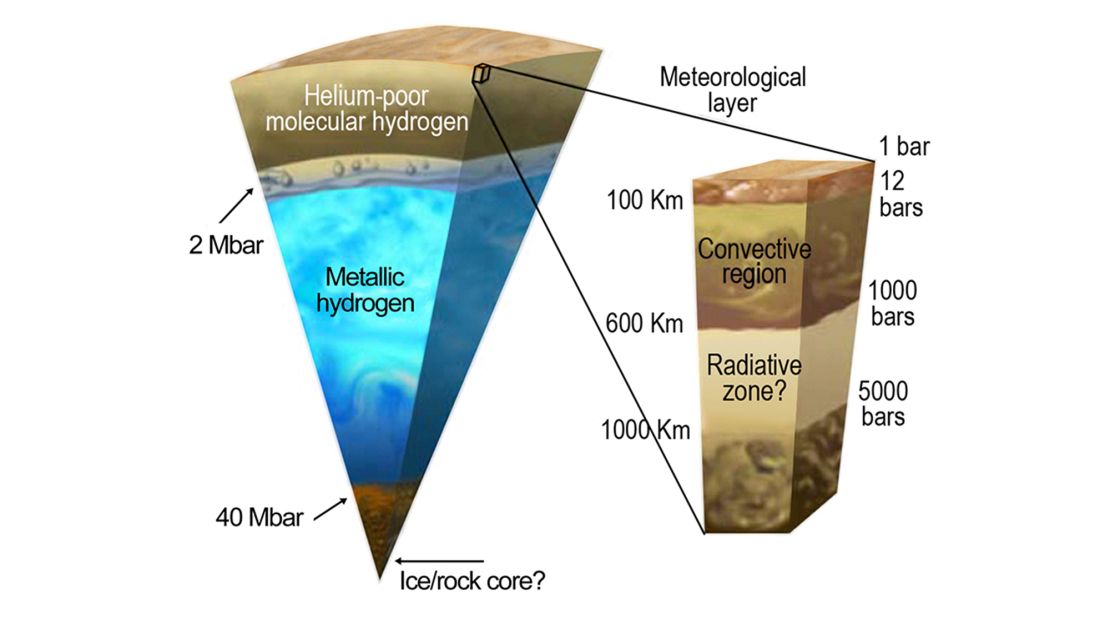
Luckily, Juno is just getting started.
Even though Jupiter is the largest planet in our solar system, astronomers don’t know much about its origin. The Juno mission was designed to collect data and observations that will reveal the origin and evolution of the gas giant. Its other objectives include mapping Jupiter’s gravitational and magnetic fields, observing auroras, measuring the amount of water and ammonia in its atmosphere and finding evidence of a solid core.
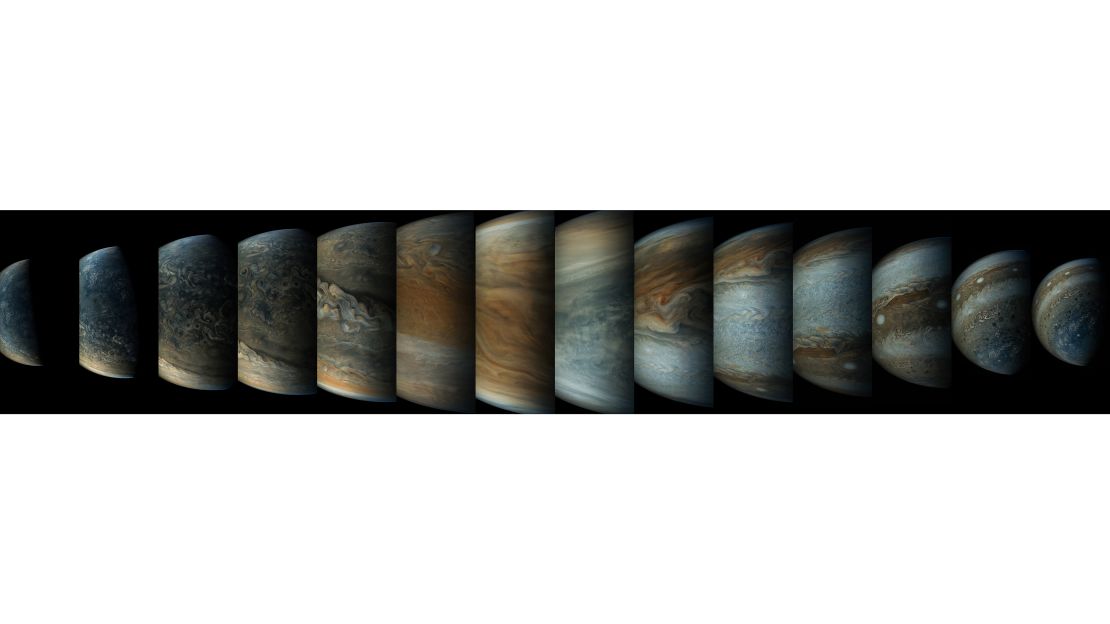
The planet’s cloudy atmosphere has contributed greatly to obscuring general knowledge. Juno was designed to look below those clouds at the planet underneath. This will also help astronomers determine finer points about Jupiter’s composition and how much of it is water.
Jupiter was most likely the first planet to form in the solar system and contains some of the same ingredients of the collapsing nebula that formed the system. Knowing more about Jupiter can provide greater insight about its beginnings.
Given the fact that gas giants are common around other stars, this could inform future observations of exoplanets and other planetary systems.
The next flyby will happen July 11 and go directly over the Great Red Spot.
“If anybody is going to get to the bottom of what is going on below those mammoth swirling crimson cloud tops, it’s Juno and her cloud-piercing science instruments,” Bolton said.




